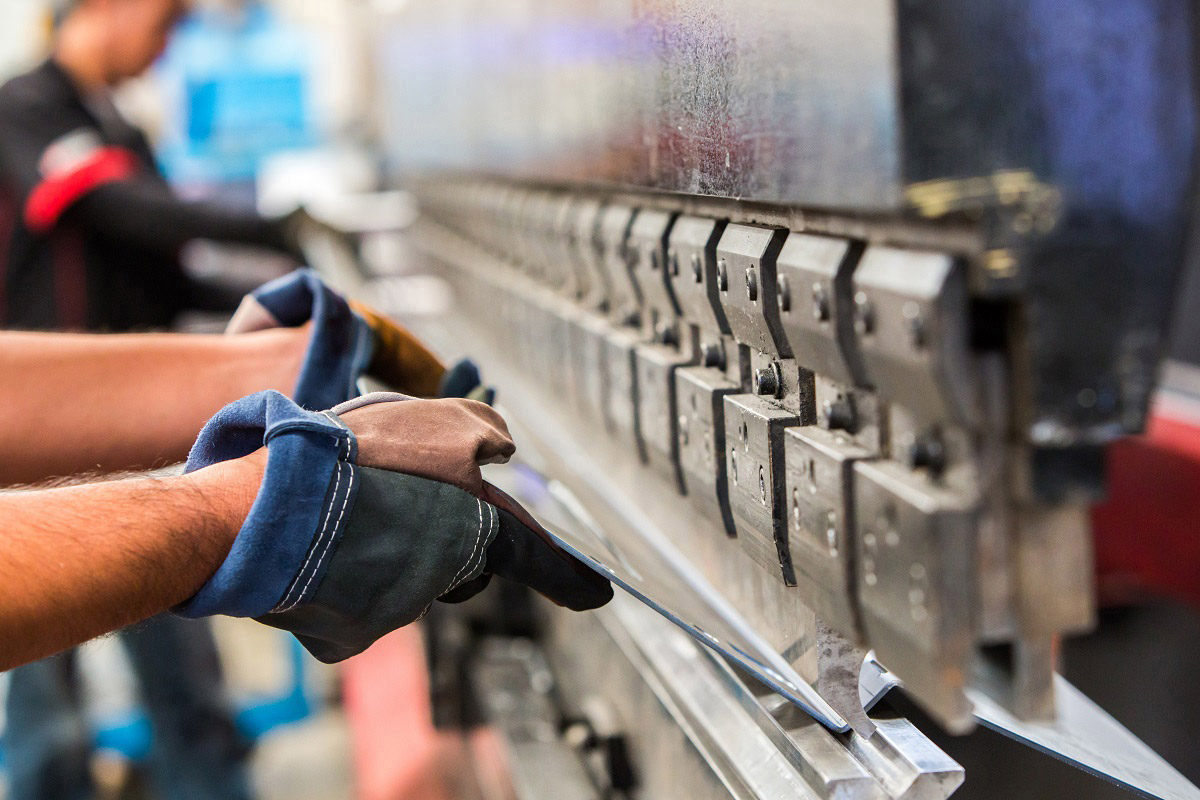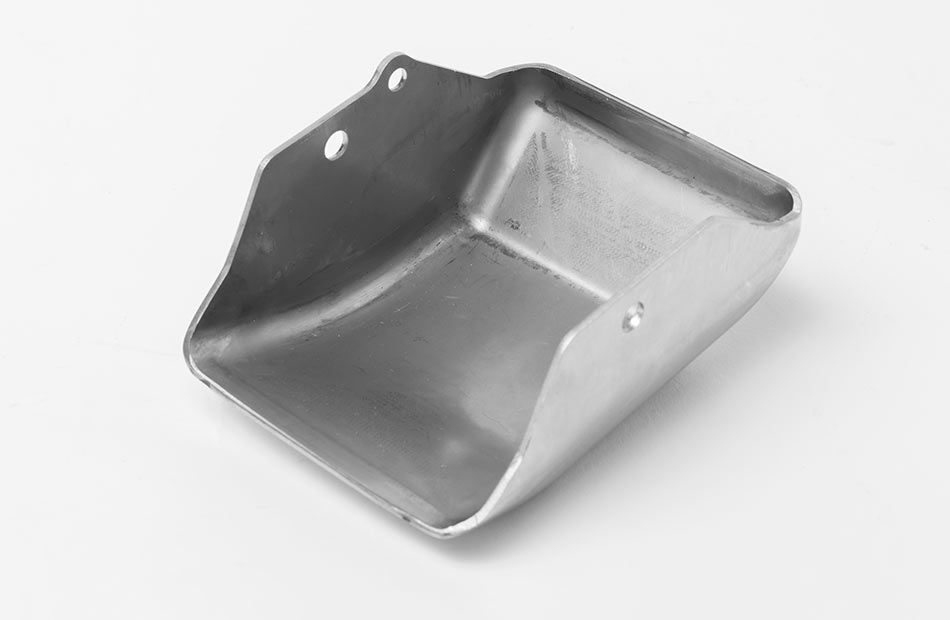Discover the Perks of Metal Stamping in Industrial Production
Discover the Perks of Metal Stamping in Industrial Production
Blog Article
Steel Marking Innovations: Elevating Production Processes for Superior Outcomes
In the world of making procedures, metal marking has long been a foundation method for generating a range of accuracy elements. However, with the ruthless march of technological innovation, the landscape of steel marking is undergoing a considerable change. Innovations in this field are not just enhancing the efficiency and high quality of production but are additionally leading the way for brand-new opportunities that were previously beyond reach. As the sector embraces these sophisticated growths, a redefinition of what is attainable in production is underway, appealing superior outcomes and setting brand-new standards for excellence in the area.
Advancement of Steel Marking Techniques

In addition, improvements in product science have actually led to the growth of high-strength alloys that can now be seamlessly marked right into complex shapes, dealing with a broader variety of commercial applications. The combination of robotics and expert system has better maximized the stamping procedure by enhancing rate and accuracy while lowering the threat of human mistake.

Influence of Advanced Products
Have sophisticated products transformed steel marking procedures dramatically in the manufacturing sector? By making use of materials such as high-strength alloys, progressed composites, and ingenious finishes, metal stamping processes can now produce components that are lighter, more powerful, and a lot more long lasting than ever in the past.
These sophisticated products offer premium mechanical residential properties, deterioration resistance, and thermal stability, enabling suppliers to satisfy the needs of modern markets such as aerospace, vehicle, and electronics. Furthermore, using innovative materials in metal marking has actually facilitated the manufacturing of complicated geometries and complex designs that were formerly unattainable via standard techniques.
In addition, the execution of innovative products has actually led to lowered product waste, reduced production expenses, and shorter lead times, making metal marking processes a lot more affordable and lasting. As innovation proceeds to advancement, the effect of innovative products on metal stamping procedures is expected to drive more innovation and improve the competition of manufacturers in the worldwide market.
Automation in Steel Stamping
The evolution of metal stamping processes driven by the integration of sophisticated products has set the stage for considerable advancements in automation within the production market. Automation in steel stamping has actually changed manufacturing processes, improving performance, precision, and general result top quality. Via the use of robotics, sensors, and special info computer-controlled systems, tasks that were lengthy and when hands-on can currently be carried out with unmatched rate and accuracy.
Automation in steel marking not only speeds up production prices but likewise makes certain consistency in the manufacturing procedure. By minimizing human treatment, the danger of errors is resource substantially reduced, leading to higher levels of item harmony and reliability. In addition, automation allows makers to undertake complicated marking tasks that would be impractical or challenging to accomplish manually.
Furthermore, automation in steel stamping adds to a more secure working atmosphere by decreasing the requirement for employees to take part in dangerous or repeated jobs - Metal Stamping. This shift towards automation not only enhances efficiency but additionally leads the means for the future of manufacturing, where innovation plays a central role in driving operational quality
Top Quality Control and Inspection Equipments
With an emphasis on accuracy and dependability, quality assurance and inspection systems play a vital duty in making sure product quality in metal stamping processes. These systems are made to check every stage of production, from product inspection to the end product, to guarantee that all parts fulfill the called for standards. By carrying out advanced modern technologies such as optical evaluation systems, coordinate gauging devices (CMM), and automated evaluating equipment, makers can find even the smallest inconsistencies in dimensions, surface quality, and overall honesty of stamped components.

Sustainability Practices in Metal Stamping
Building upon the structure of accuracy and dependability established with quality assurance and inspection systems, the integration of lasting techniques in steel stamping procedures is significantly becoming a focal factor for producers looking for to decrease ecological impact and optimize resource use. Sustainability techniques in steel marking incorporate a series of campaigns focused on decreasing waste generation, power intake, and greenhouse gas discharges throughout the production procedure.
One secret aspect of sustainability in steel stamping is the adoption of environment-friendly materials and technologies that advertise recyclability and waste reduction. By making use of recycled products and implementing energy-efficient machinery, producers can reduce their carbon impact and add to a much more sustainable manufacturing great site cycle. Furthermore, maximizing production processes to minimize product waste and power usage not just profits the atmosphere but also causes set you back financial savings for services in the future.
Moreover, the implementation of lasting methods in metal marking can improve brand credibility and appeal to eco aware customers. As sustainability proceeds to gain relevance in the manufacturing industry, integrating eco-friendly campaigns right into steel stamping processes is essential for lasting success and competition in the market.
Final Thought
Finally, steel stamping strategies have substantially developed over time, integrating sophisticated materials and automation to improve manufacturing processes. Quality control and inspection systems play a crucial duty in guaranteeing exceptional results, while sustainability techniques are progressively being applied to reduce ecological effect. These innovations in steel stamping have revolutionized the sector, leading to more efficient and sustainable production techniques for different sectors.
Metal stamping, once a manual and labor-intensive procedure, has changed into a very automated and innovative technique of forming steel sheets right into different kinds and designs.Have advanced products transformed steel stamping procedures substantially in the manufacturing market? By using products such as high-strength alloys, advanced compounds, and ingenious coatings, steel stamping procedures can now produce components that are lighter, more powerful, and more resilient than ever before.
The advancement of steel stamping procedures driven by the combination of innovative materials has actually established the stage for significant developments in automation within the production market.In final thought, metal stamping techniques have actually significantly evolved over time, including innovative materials and automation to improve making procedures.
Report this page